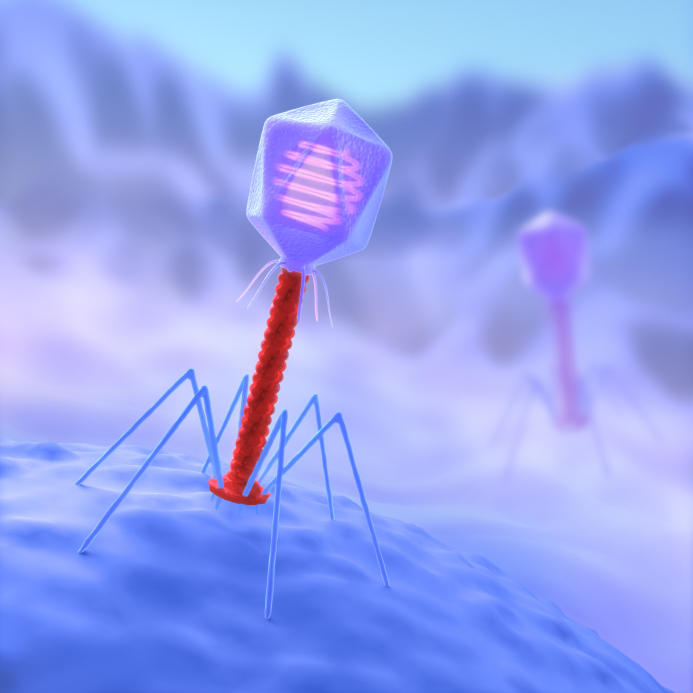 Are Viruses alive?
Yes and no. We probably all realize that viruses reproduce in some way.
We can become infected with a small number of virus particles–by inhaling particles expelled when another person coughs,
for instance–and then become sick several days later as the viruses replicate within our bodies.
Are Viruses alive?
Yes and no. We probably all realize that viruses reproduce in some way.
We can become infected with a small number of virus particles–by inhaling particles expelled when another person coughs,
for instance–and then become sick several days later as the viruses replicate within our bodies.
Are Viruses alive? To consider this question, we need to have a good understanding of what we mean by “life.”
Although specific definitions may vary, biologists generally agree that all living organisms exhibit several key properties: They can grow, reproduce, maintain an internal homeostasis, respond to stimuli, and carry out various metabolic processes. In addition, populations of living organisms evolve over time.
Do viruses conform to these criteria? Yes and no. We probably all realize that viruses reproduce in some way. We can become infected with a small number of virus particles–by inhaling particles expelled when another person coughs, for instance–and then become sick several days later as the viruses replicate within our bodies.
Viruses do not, however, carry out metabolic processes. Most notably, viruses differ from living organisms in that they cannot generate ATP. Viruses also do not possess the necessary machinery for translation. They do not possess ribosomes and cannot independently form proteins from molecules of messenger RNA. Because of these limitations, viruses can replicate only within a living host cell. Therefore, viruses are obligate intracellular parasites. According to a stringent definition of life, they are non–living. Not everyone, though, necessarily agrees with this conclusion. Perhaps viruses represent a different type of organism on the tree of life–the capsid–encoding organisms, or CEO's.